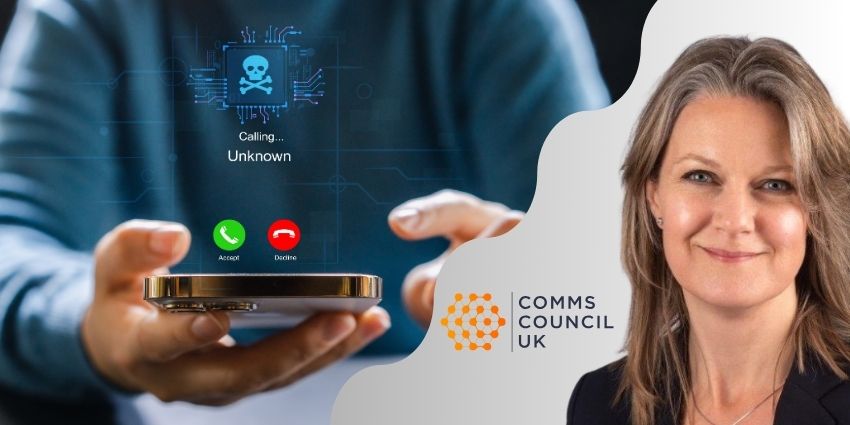Every medical professional strives to improve the lives and overall well-being of patients. Healthcare companies of all shapes and sizes dedicate themselves to guiding, supporting, and educating patients to make the world healthier and safer.
Patient Engagement is an integral part of creating this healthy world. The term refers to the strategies health specialists take to encourage patients to take control of their well-being and make informed treatment decisions. Evidence shows engaged patients are more likely to follow treatment plans and live healthier lives.
Unfortunately, engagement can be difficult to generate in any landscape, including the healthcare sector. One report found many clinicians and leaders believe only around 34% of their patients are actively engaged in managing their care.
Understanding Patient Engagement
To achieve high levels of patient engagement, healthcare companies and facilities need to provide their patients with the support, guidance, and information they need to make intelligent decisions about their care. Engaged patients are sometimes called “activated patients” as they take a more proactive role in managing their well-being.
The pandemic has prompted more people to take action and consistently manage their care. Patients are now looking to take a collaborative approach to healthcare, where they can learn from their physicians and use their discoveries to empower their decisions.
What’s more, studies show patient engagement does make a significant difference to community well-being. According to one study, engaged patients are up to three times less likely to have unaddressed medical issues. They’re also twice as likely to look for support promptly compared to disengaged patients.
The benefits of good patient engagement include:
- More effective treatments: Healthcare groups can collect data and feedback from patients, leading to better treatment strategies and more patient compliance.
- Enhanced relationships: Giving patients the ability to control more of their care deepens the level of trust between the user and the healthcare provider.
- Reduced expenses: Improving patient engagement can reduce the risk of no-shows and help healthcare brands attract new users to their service.
- Better health: Greater knowledge and understanding of health practices makes it more likely patients will effectively care for themselves, leading to better community well-being.
“The recent years have shown us how crucial it is for healthcare providers to engage with their patients outside of the scheduled appointment. Finding new ways to communicate helps not only the patient but the providers as well,” says Matt Thompson, VP of Marketing at Soprano Design.
“In the last few years the challenges facing healthcare professionals have exploded. Soprano identifies the communication opportunities to create a more efficient and secure way of coordinating patient care. With Soprano patients and providers can manage appointments, create treatment alerts, automate staff processes and more. Opening these lines of communication is the future of healthcare.”
How to Improve Patient Engagement
Increasing patient engagement requires professionals in the healthcare landscape to connect and communicate with their patients regularly. Health groups need to approach patient care collaboratively, providing users with more information about their options and helping them make the right care decisions.
So, where can healthcare companies begin?
Consistently communicate with patients
To engage patients in their care and well-being, healthcare professionals must ensure they’re consistent and proactively connecting with their patient groups.
This means reaching out to users on various channels, not just with suggestions and appointment reminders, but educational materials. Giving people insights into how they can manage their care via SMS and messaging can be an excellent way to guide their care strategy.
According to one study, when patients received educational materials to supplement their treatment, 67% followed the instructions given by their doctor.
Minimize barriers to care
For patients to feel engaged in the healthcare industry, they also need to believe they can access assistance from their doctors and care providers, whenever necessary. The evolving technology landscape has paved the way for an environment where patients can now interact with care providers through more than just face-to-face appointments and phone calls.
SMS and messaging applications implemented into a healthcare ecosystem with a CPaaS tool like Soprano Connect give businesses another way to interact with patients. Messaging offers straightforward and convenient ways for patients to ask questions and even book virtual appointments when necessary.
Work to reduce missed appointments
Patients who constantly miss appointments and check-ins with their care providers aren’t engaged in looking after their health. They’re also a source of significant frustration for healthcare providers, as missed appointments create inefficiencies, financial losses, and wasted time.
However, in a fast-paced and chaotic world, it’s often easy for patients to forget about when their appointments might have been scheduled. Creating a comprehensive automated system to remind users when they need to connect with their doctor can be extremely helpful. A two-way messaging system can even allow a healthcare company to adjust appointments on behalf of patients quickly and conveniently when necessary.
Listen to patient feedback
Part of creating an engaged community of patients in today’s healthcare world is showing every individual that they have the power to manage and control their care. To do this, healthcare providers need to listen to the feedback given by their patients actively and look for ways to address potential problems with their service.
Tools like Soprano Connect allow healthcare companies to create automated chatbots that can reach out through multiple channels and request information from patients. This is a great way to collect patient data to improve the service experience rapidly.
Promote collaborative care
Finally, to keep patients engaged in their healthcare experience, providers need to ensure it’s easy for individuals to get second opinions, expert insights, and additional support whenever necessary. Today’s patients want to be able to hear from specialists directly about their conditions or treatment plans, which means many organizations need to take a more collaborative approach to conversations.
Soprano’s messaging solution allows for a compliant and collaborative ecosystem where users in a healthcare group can exchange knowledge and securely deliver patient details to specialists when second opinions are required.






